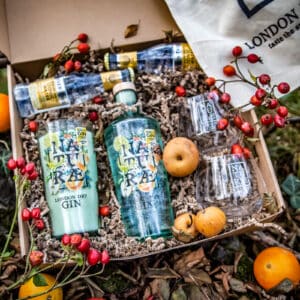The production of gin can vary greatly depending on the method used. Distilled gin is the most common and traditional method, but compound gin can be a less expensive alternative. London dry gin represents one of the most popular types of gin in the world due to its rigorous production method. We are pleased to offer our Naturae gin Fructetum, made using only the finest natural ingredients and the traditional method of London dry gin.
